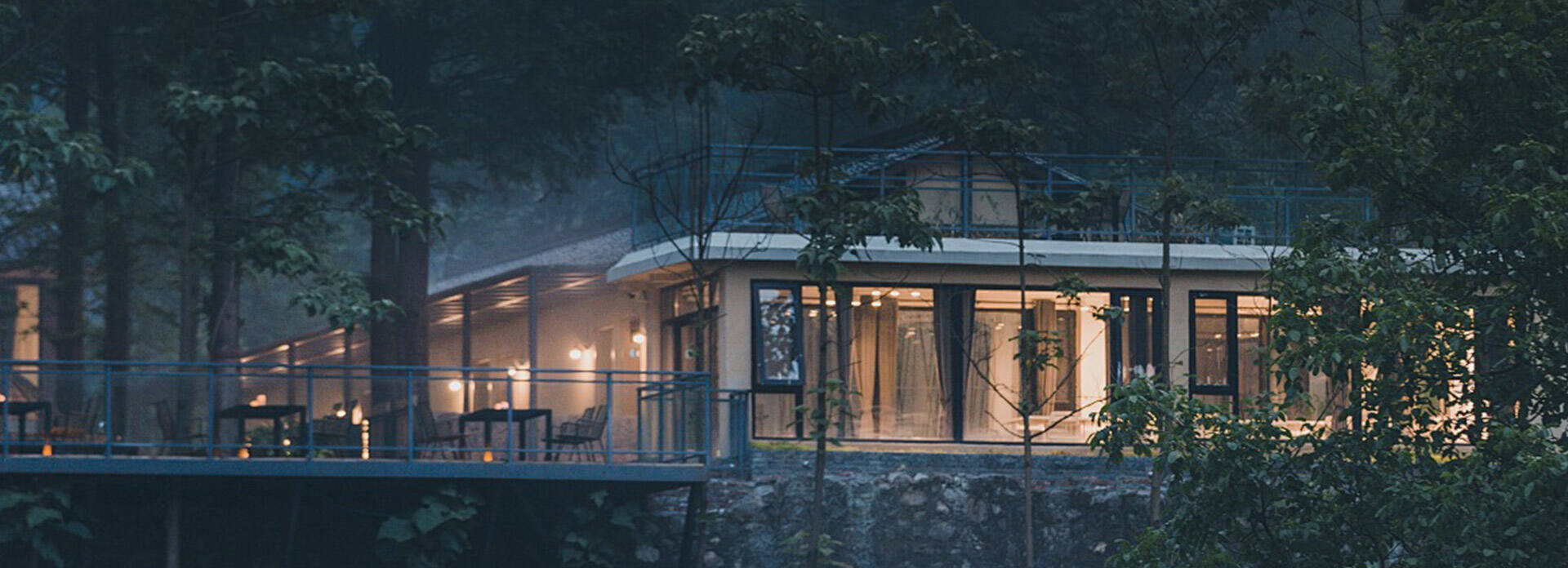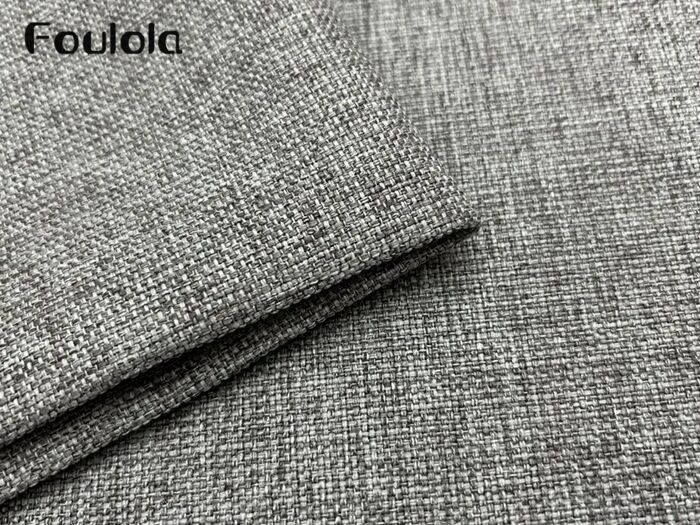With 25 years of experience manufacturing curtains, we know light-blocking ability (darkness) is one of the most critical factors for buyers.
Choosing the wrong level can disrupt sleep or lead to wasted money. Here's our expert advice on selecting the perfect curtain darkness for your needs:
Core Principle: Match Darkness to Room Function & Personal Needs
Curtain darkness isn't about "higher is always better."
The key is matching the fabric's light-blocking properties to the room's purpose and the occupants' lifestyle.
I.Common Darkness Levels & Recommended Applications
1.10%-30% Darkness (Sheer/Decorative):
1)Features: Light, airy, primarily decorative. Offers minimal light filtering and no privacy or darkness.
2)Best For: Decorative sheers, purely aesthetic panels in non-private areas (e.g., some living rooms).
3)Avoid In: Any room needing privacy, darkness for rest, or light control.
2.30%-50% Darkness (Dim-Out/Light Filtering):
1)Features: Softens harsh sunlight, reduces glare slightly. Room remains noticeably bright during the day. Does not provide privacy (shadows visible).
2)Best For: Living rooms, dining rooms, home offices, playrooms – areas where natural light is desired, and complete darkness isn't needed.
3)Not For: Sleeping areas.
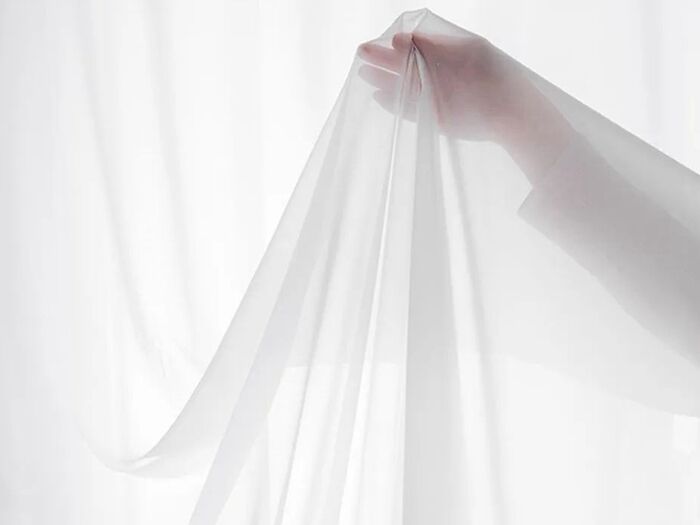
3.60%-85% Darkness (Medium/Functional Block):
1)Features: Blocks a significant portion of light. Room becomes noticeably dimmer during the day. Provides good privacy (blocks distinct shadows). May not achieve total blackout during peak midday sun.
2)Best For:
Guest bedrooms, kids' rooms (for non-light-sensitive sleepers).
Living rooms (if reducing TV/computer screen glare is needed).
General bedrooms where complete darkness isn't essential.
3)Advantages: Good balance of light control, breathability, and cost.
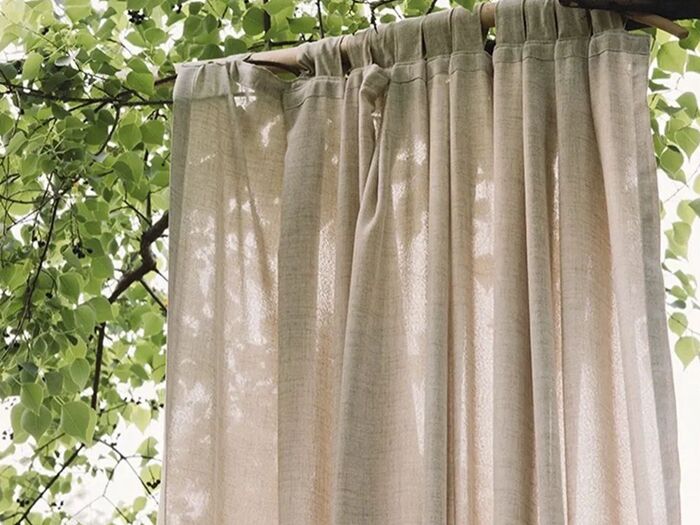
4.90%-99% Darkness (High/Blackout):
1)Features: Uses specialized fabrics (e.g., triple-weave fabric with black yarn core, dense coated fabrics).
Blocks 95%+ of visible light, achieving near-total darkness (effectiveness depends on installation). Offers significant heat reduction, noise dampening, and UV protection.
2)Best For:
Master bedrooms: Essential for light sleepers, shift workers, or anyone needing daytime sleep.
Nurseries/Infant rooms: Crucial for establishing healthy sleep patterns.
Home theaters/media rooms: Ensures optimal viewing conditions.
East or West-facing windows: Combats intense morning or afternoon sun/heat.
Rooms requiring maximum privacy.
3)Note: Fabrics are often thicker/heavier, potentially offering fewer ultra-lightweight style options.
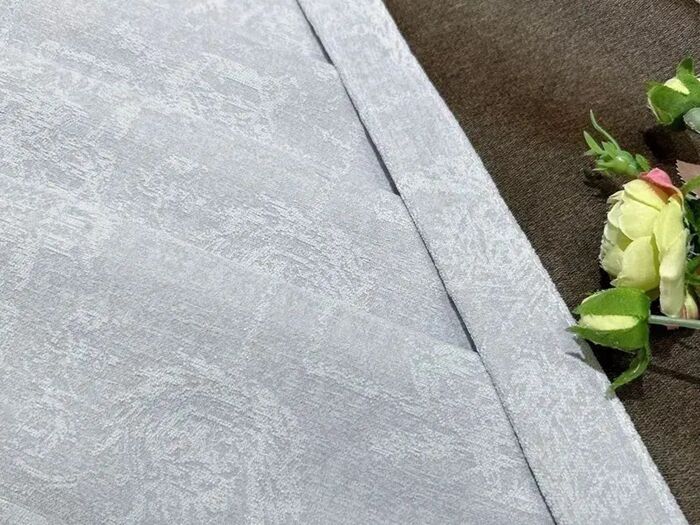
5.100% Darkness (Total Blackout - Theoretical):
1)Features: Aims to block all light. Achieving this in practice requires perfect installation (sealed tracks, overlapping panels, enclosed pelmets/valances). Difficult to achieve in standard home settings.
2)Best For: Specialized applications like professional home cinemas, darkrooms, or bedrooms with extreme light sensitivity where specialized installation is feasible.
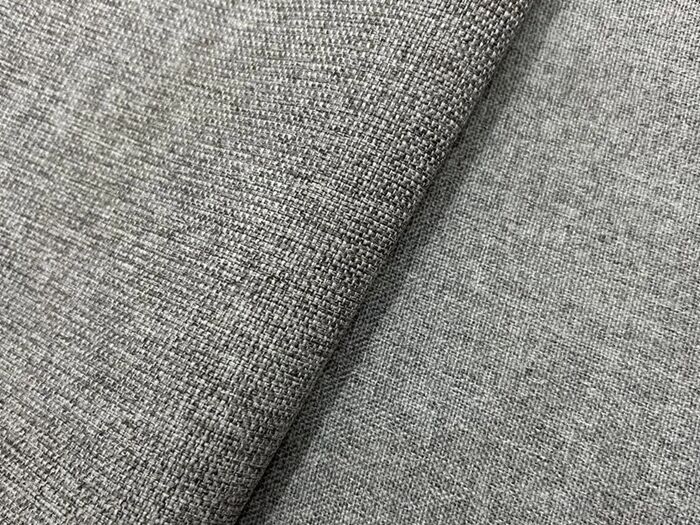
II.Key Factors When Choosing Darkness Level
1.Room Function: The PRIMARY factor!
1)Bedrooms (Master, Nursery): Strongly recommend 90%-99%.
2)Living Rooms, Offices: 30%-85%, based on preference.
3)Kitchens, Bathrooms: Lower darkness usually sufficient (10%-50%).
2.Window Direction:
1)South/West Facing: Intense, long-lasting sun (especially hot afternoon sun). 85%-99% highly recommended for heat and glare control.
2)East Facing: Strong morning sun. Choose 85%-99% if sleeping during morning hours.
3)North Facing: Less intense light. 60%-90% often suitable, but bedrooms still need adequate sleep darkness.
3.Occupant Needs & Sensitivity:
1)Light sleepers, shift workers, infants → 90%-99%.
2)Seniors → Consider their sleep habits; may need 90%-99%.
3)Teens/Adults (secondary bedrooms) → 60%-90% often sufficient.
4.Personal Preference:
1)Prefer sleeping in total darkness → 90%-99%.
2)Like waking with natural light → Medium/Low Darkness or Blackout + Sheer combo.
3)Want energy savings/heat reduction → 90%-99% (especially woven fabrics).
5.External Light Pollution: Strong streetlights or signs? Even north-facing rooms might need 90%-99%.
6.Installation is CRUCIAL: Darkness effectiveness relies heavily on:
1)Pelmets/Valances (Boxes): Essential to block light leaking over the top rail. Highly recommended for high darkness levels.
2)Curtain Size: Width = 1.5x - 2x window width. Length = floor-length or snug to sill. Extend 15-20cm+ beyond window frame on each side to minimize side gaps.
3)Track/Rod: Overlapping tracks or center-draw rods reduce light gaps.
4)Sealing: For total darkness (e.g., home theater), consider Velcro seals or specialized tracks.
III.Practical Tips for Buyers
1.GET SAMPLES!
This is the MOST important step. Request large fabric samples from the factory/seller. Test them at home:
1)Hold the sample tightly against your window during bright daylight.
2)Shine a bright flashlight or phone torch directly through the back in a dark room. See how much light bleeds through.
2.Understand Fabric Construction:
1)Woven Blackout (e.g., Sandwich Weave/Black Yarn Core): Durable, eco-friendlier (no coatings), stable performance over time, excellent insulation. Our Top Recommendation.
2)Coated Blackout: Fabric backing coated with acrylic/pvc/rubber. Initial high darkness, but risks include: potential odor (check VOC/certifications!),
coating peeling/cracking over time, reduced breathability. Inquire about coating type and certifications.
3.Consider Layering:
Pair Blackout curtains (90%-99%) with Sheers or Light Filtering (30%-50%). Enjoy light/privacy during the day and darkness at night. The most versatile solution.
4.Communicate Clearly:
When ordering, explicitly state your darkness requirements (e.g., "I need 95%+ darkness for my master bedroom"). Confirm the actual tested darkness level of your chosen fabric.
5.Prioritize Installation:
Discuss installation details with your supplier/fitter. Focus on minimizing light gaps at the top and sides. Proper installation unlocks the fabric's full potential.
Conclusion
Choosing curtain darkness is an art of balance, considering room function, personal habits, window specifics, budget, and aesthetics.
With 25 years in the industry, we strongly advise:
1.Bedrooms (especially Master & Nursery): Prioritize 90%-99% woven blackout fabric.
2.Living Rooms/Studies: Choose Light Filtering to Medium Block (30%-85%), often paired with sheers.
3.ALWAYS GET AND TEST SAMPLES!
4.Invest in professional installation focused on light sealing.
We hope this guide empowers you to select the perfect curtains for comfort and style. Our factory is always ready to provide expert advice and custom solutions!

